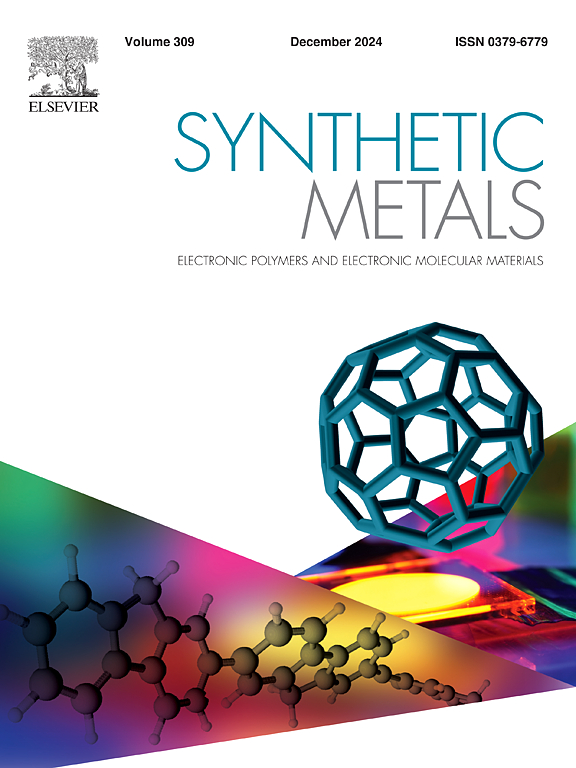BiFe2O3@NiCoS@rGO纳米复合电极的设计:高性能储能和电解质SIW/AN的通用平台
IF 4.6
3区 材料科学
Q2 MATERIALS SCIENCE, MULTIDISCIPLINARY
引用次数: 0
摘要
通过对新材料和复合材料改性的综合研究,制备了高性能的混合超级电容器电极。本文主要研究了水热法制备硫化镍钴(NiCoS),然后加入铋铁氧体(BiFe2O3),并对其电化学性能进行了测试。“水中盐”(SIW)溶液是一种超浓缩的水溶液电解质,可以显著降低水活度,增加电化学稳定性窗口。电化学分析使用两电极和三电极系统进行。BiFe2O3@NiCoS@rGO电极在三电极组件中获得了值得注意的最大容量(Qs) 393.7 mAhg−1。在两种电极体系中,BiFe2O3@NiCoS@rGO//交流电的Qs为52.3 mAh/g,能量密度(Ed)为79.2 W h kg−1,功率密度(Pd)为2.2 kW kg−1。该设备经过了广泛的测试,多达5000次循环,并证明了异常的容量保持率为88.2% %。基于这些有趣的发现,BiFe2O3@NiCoS@rGO纳米复合材料在开发先进的混合超级电容器电极方面显示出巨大的前景。本文章由计算机程序翻译,如有差异,请以英文原文为准。
Designing of BiFe2O3@NiCoS@rGO nanocomposite electrode: A versatile platform for high-performance energy storage and electrolyte SIW/AN
A comprehensive investigation of new materials and compositional modifications has made high-performance hybrid supercapacitor electrodes. This work mainly focuses on the synthesis of nickel cobalt sulfide (NiCoS) by hydrothermal methods and then adding bismuth ferrite (BiFe2O3) and the measurement of the electrochemical properties. The "salt in water" (SIW) solutions, which are super-concentrated aqueous electrolytes, enable a significant reduction in water activity and increase the electrochemical stability window, is utilized. The electrochemical analysis is performed using the two and three-electrode systems. The BiFe2O3@NiCoS@rGO electrode attained a noteworthy maximum capacity (Qs) of 393.7 mAhg−1 in a three-electrode assembly. The BiFe2O3@NiCoS@rGO//A.C showed a considerable Qs of 52.3 mAh/g, an improved energy density (Ed) of 79.2 W h kg−1, and a high power density (Pd) of 2.2 kW kg−1 in two electrode systems. The device has undergone extensive testing, with up to 5000 cycles, and has demonstrated an exceptional capacity retention rate of 88.2 %. Based on these intriguing findings, the BiFe2O3@NiCoS@rGO nano-composite displays immense promise for developing electrodes in advanced hybrid supercapacitors.
求助全文
通过发布文献求助,成功后即可免费获取论文全文。
去求助
来源期刊

Synthetic Metals
工程技术-材料科学:综合
CiteScore
8.30
自引率
4.50%
发文量
189
审稿时长
33 days
期刊介绍:
This journal is an international medium for the rapid publication of original research papers, short communications and subject reviews dealing with research on and applications of electronic polymers and electronic molecular materials including novel carbon architectures. These functional materials have the properties of metals, semiconductors or magnets and are distinguishable from elemental and alloy/binary metals, semiconductors and magnets.
 求助内容:
求助内容: 应助结果提醒方式:
应助结果提醒方式:


